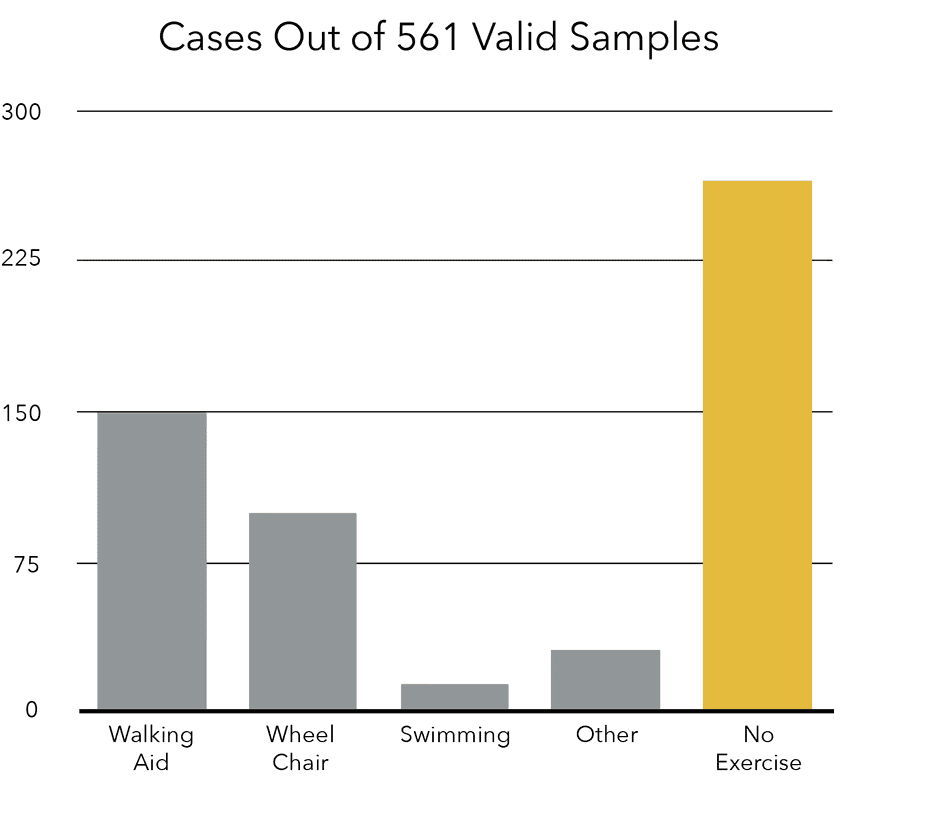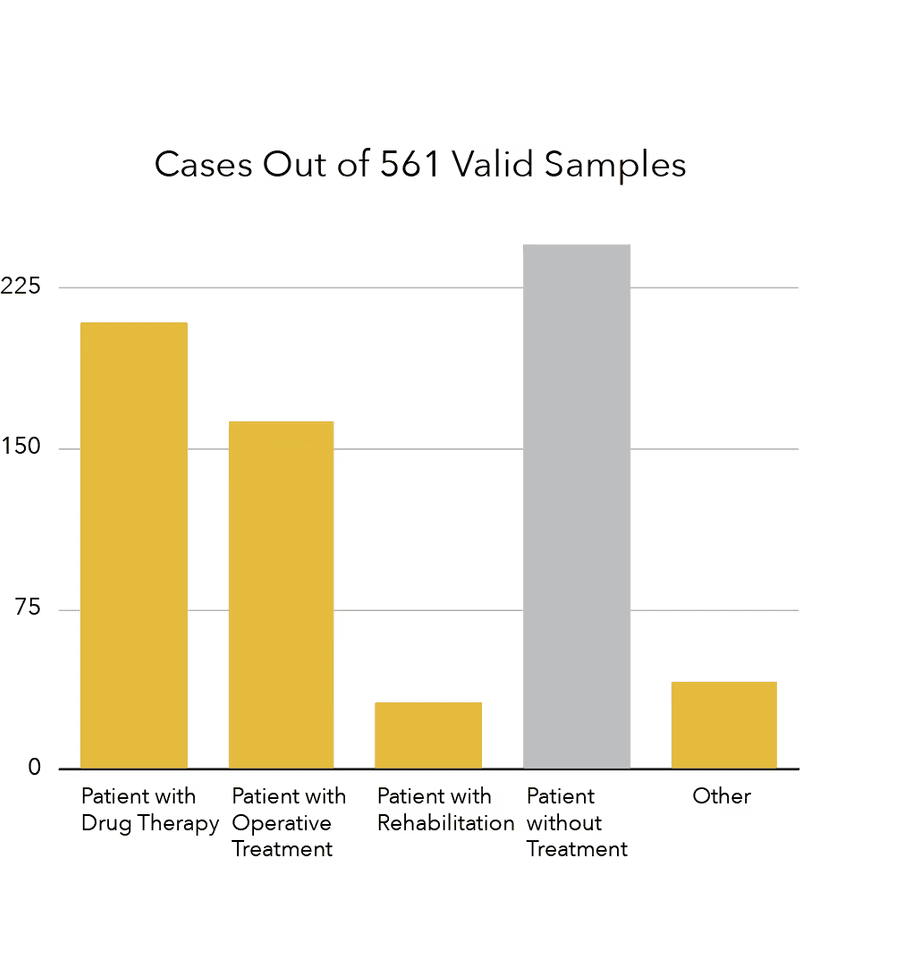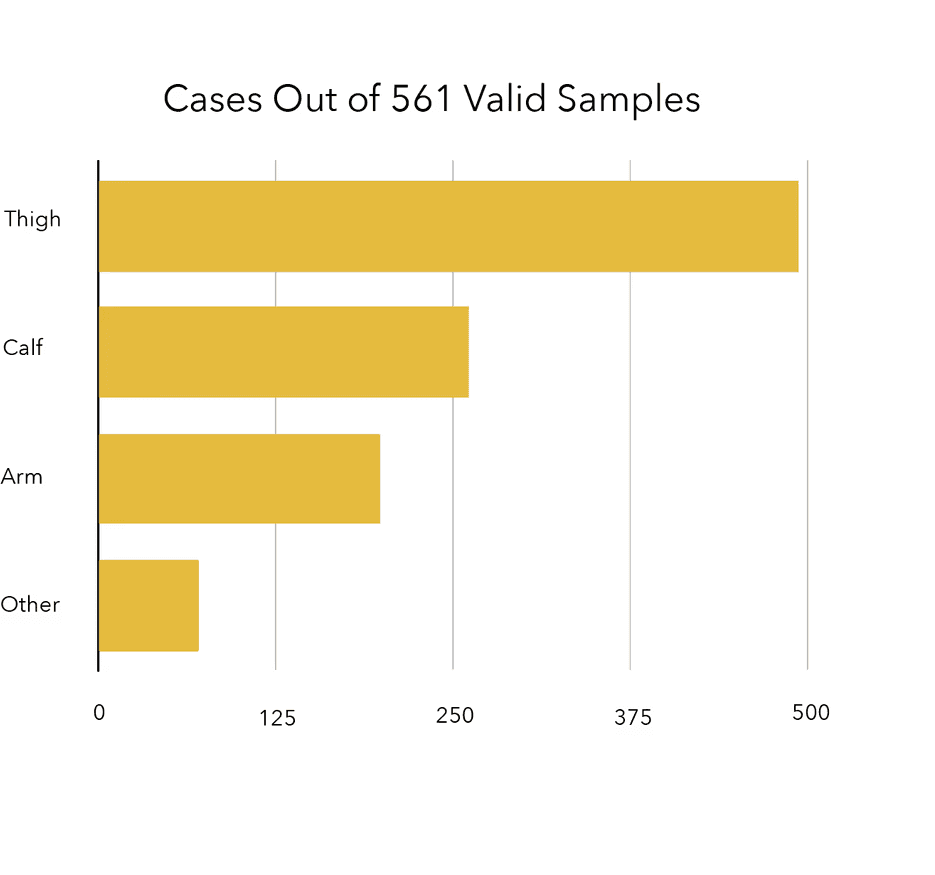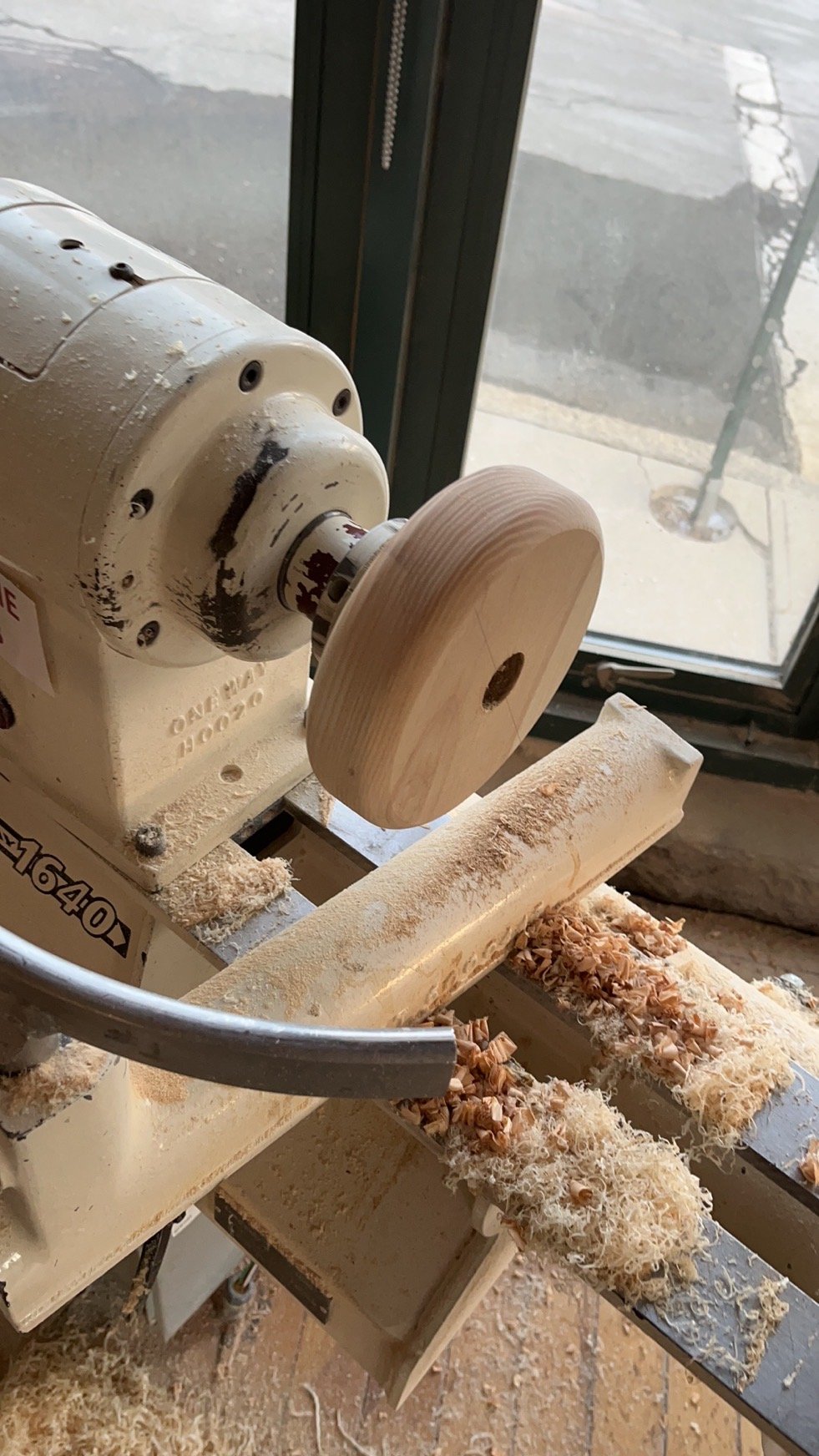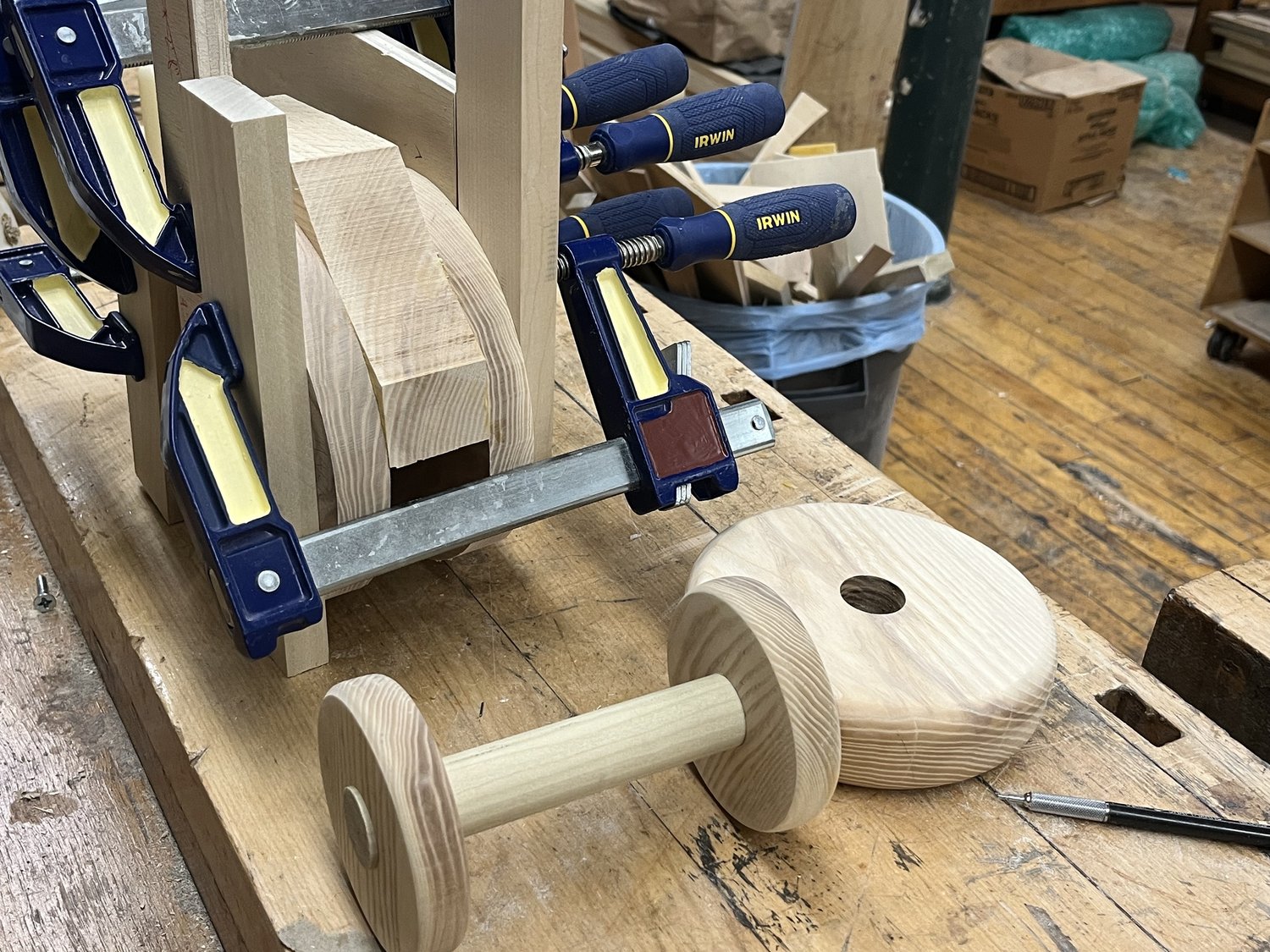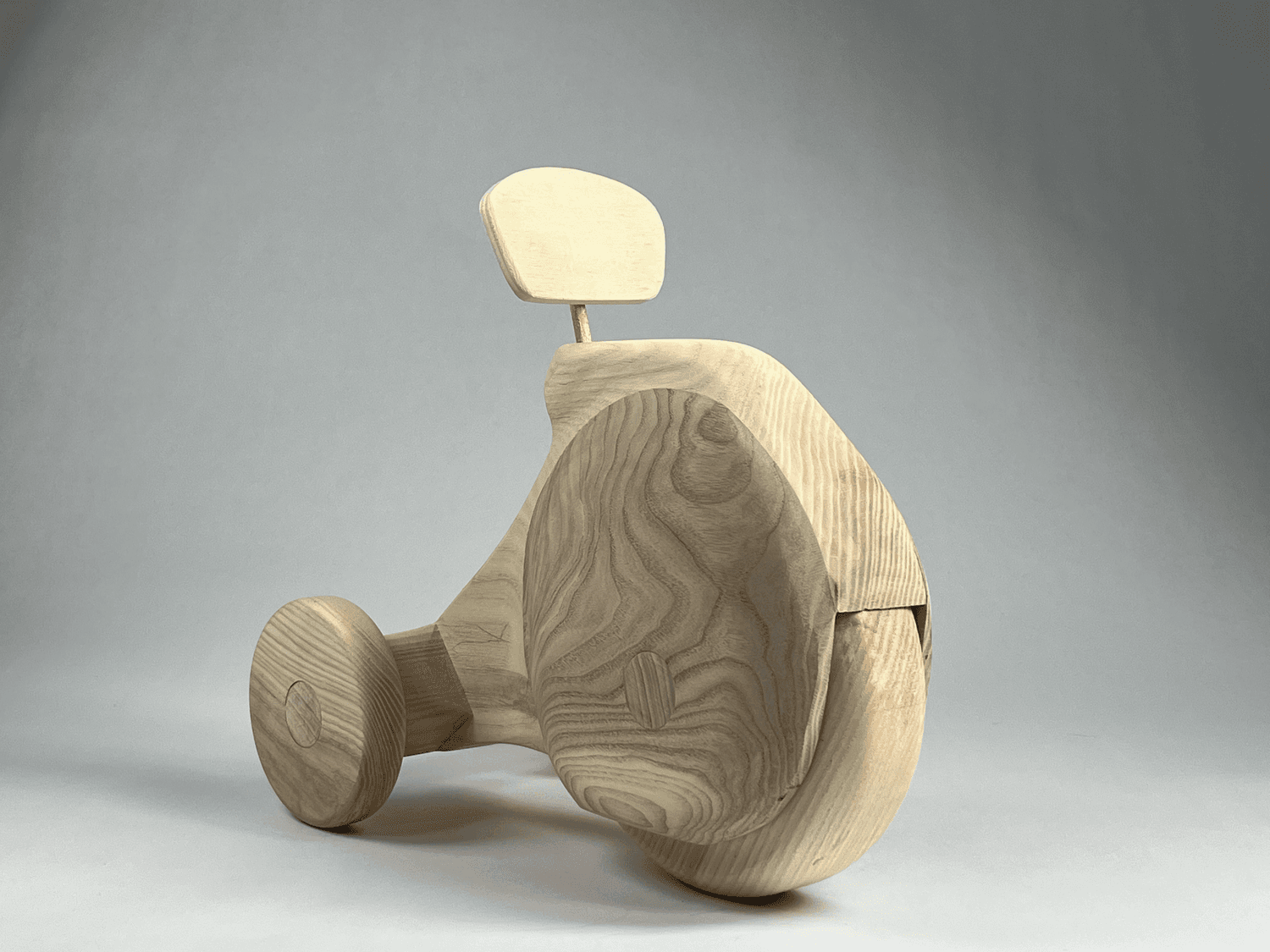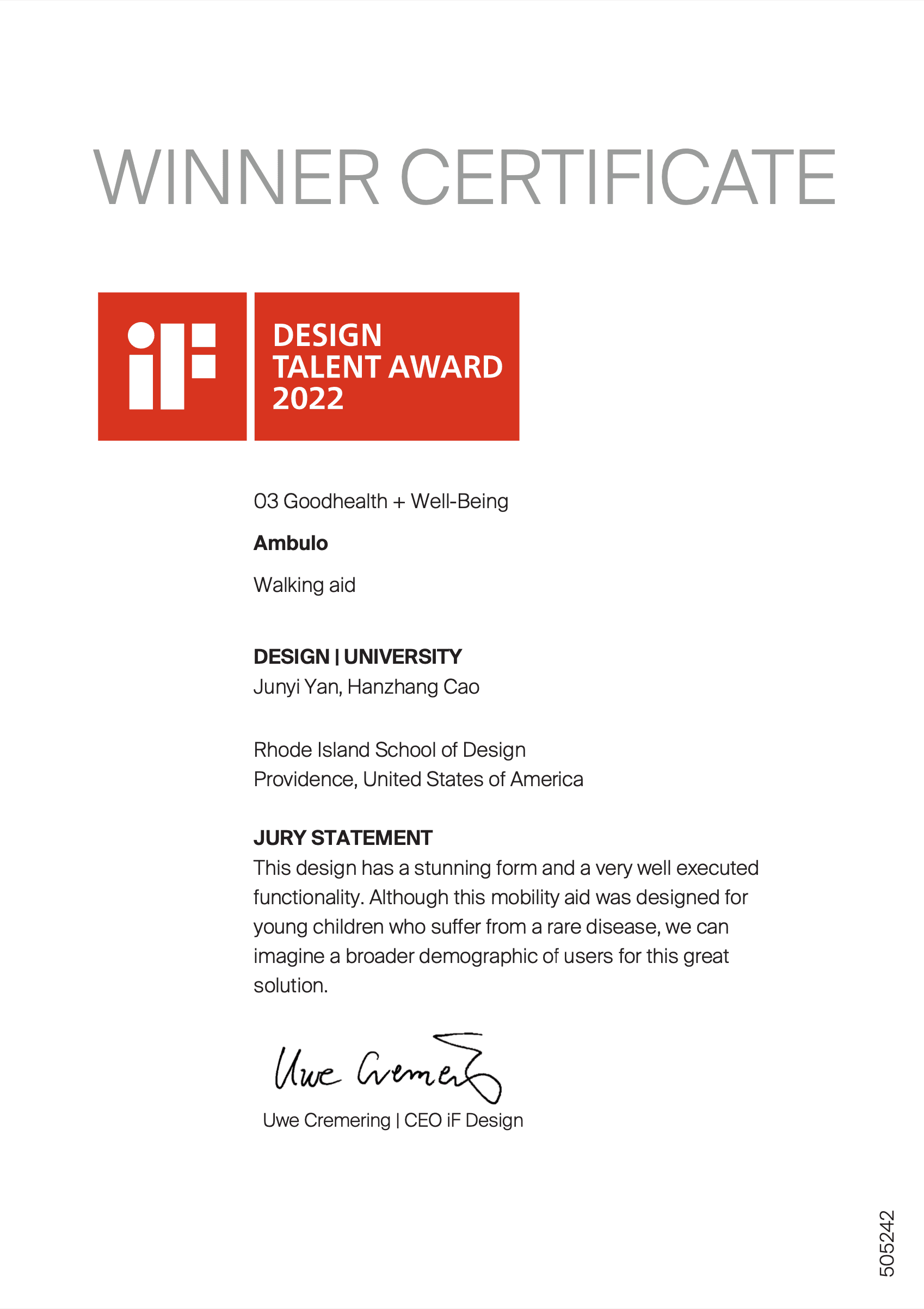AMBULO
Overview
Also known as brittle bone disease, osteogenesis imperfecta (OI) is a group of genetic disorders that causes fragility in patients’ bones.
AMBULO is a rehabilitation experience that empowers children with OI to exercise safely and move independently in an indoor environment.
The product consists of a smart walking-aid and a remote control app, together wining the 2022 IF Design Talent Award.

Solution Highlights
An IoT experience for children and their parents to control a walking-aid and read exercise stats

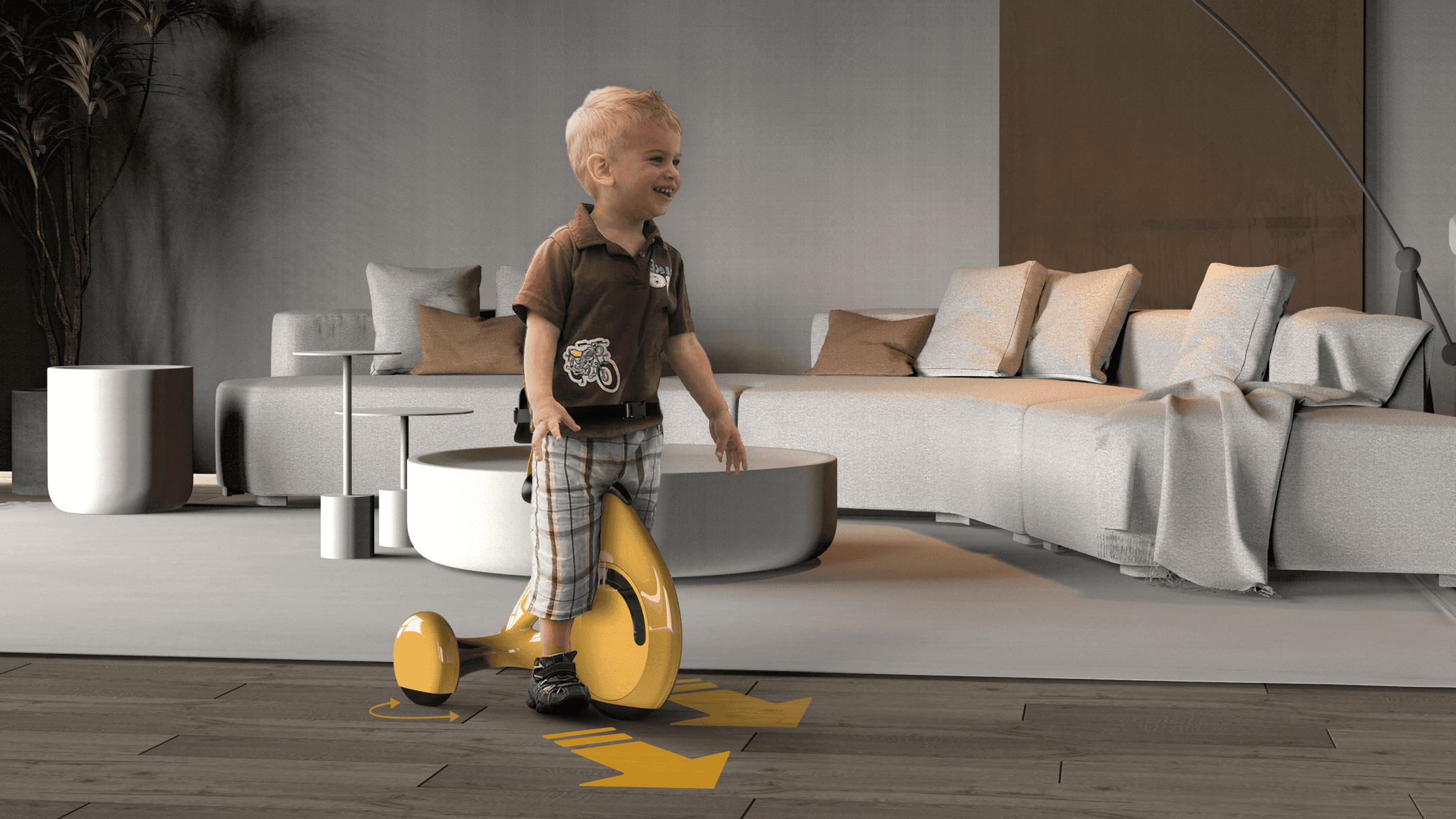

Context
Challenges to young OI patients
It all starts from a friend of mine
Jiaqin was diagnosed with osteogenesis imperfecta since her birth. Due to our similar interest and hobbies, we became friends very soon after we met in 2012.
As I started my career as a product designer, I wanted to do something for her and her friends who have OI.
A common dilemma about exercise
OI patients typically tend to avoid exercises that may cause bone fractures. However, they may permanently weaken their muscles without exercise, further damaging their bodies.

Problem Space
A challenge in health, safety and mentality
From a survey of 561 OI patient
2013 National Report on Living Conditions of People with Osteogenesis Imperfecta 1.” Chinadolls, China-Dolls Center for Rare Disorders, 3 Aug. 2013, chinadolls.org.cn
Most patients choose to avoid exercise
Most patients give up on finding treatments
Have a peek at Jiaqin's daily struggles
To summarize all the pain points:

To solve them, we need to provide:

In one sentence:

A two parts solution

Digital Solution
To improve the experience of using Ambulo
Digital product criteria
Control with ease & independence

Empower OI children to control the movement of the walking-aid easily

Provide manual control for minor position adjustment, easy for user to get on & off the walking-aid
Keep everything on track

Allow parents to set up Ambulo movement collections and monitor their children's movements
3 key functions that solve the problem
Function 2: Manual Control:
Complete independence with the most private tasks
Function 3: Exercise Stats:
Rehabilitation training with noticeable progress
Function 1: Home, but more than home
View all information at a glance
Easy setup for movements
Through an intuitive drag and drop interface, users and their guardians can set up frequently used locations in the collection, moving Ambulo with one simple click.
Function 2: Manual Movement means a lot
"I want to get up by myself"
Manual control allows users to precisely adjust Ambulo's position and movement. Assisting users to get on the walking-aid easily and independently.
Function 3: See the progress with Exercise Stats
Seeing the effort and feeling the improvements along the way
As users utilizing casual movement as part of the daily rehabilitation and exercise opportunity, they can also check their workout progress or move distance for the day/week/month, matching the prescription of doctors.
Reset the goal to gradually improve
As users continue to practice walking and exercising, they can reset their goals to meet make better progress through out the entire recovery process.

Physical Solution
A walking-aid that can do it all
Going through tight spaces

Enhance mobility of OI patient through compact spaces indoor
Safe and correct

Allow OI patients to exercise securely while correcting their body postures to avoid scoliosis
Naturally inspired form

Eliminate discrimination against walking impairment by matching design with the aesthetic of the target age









